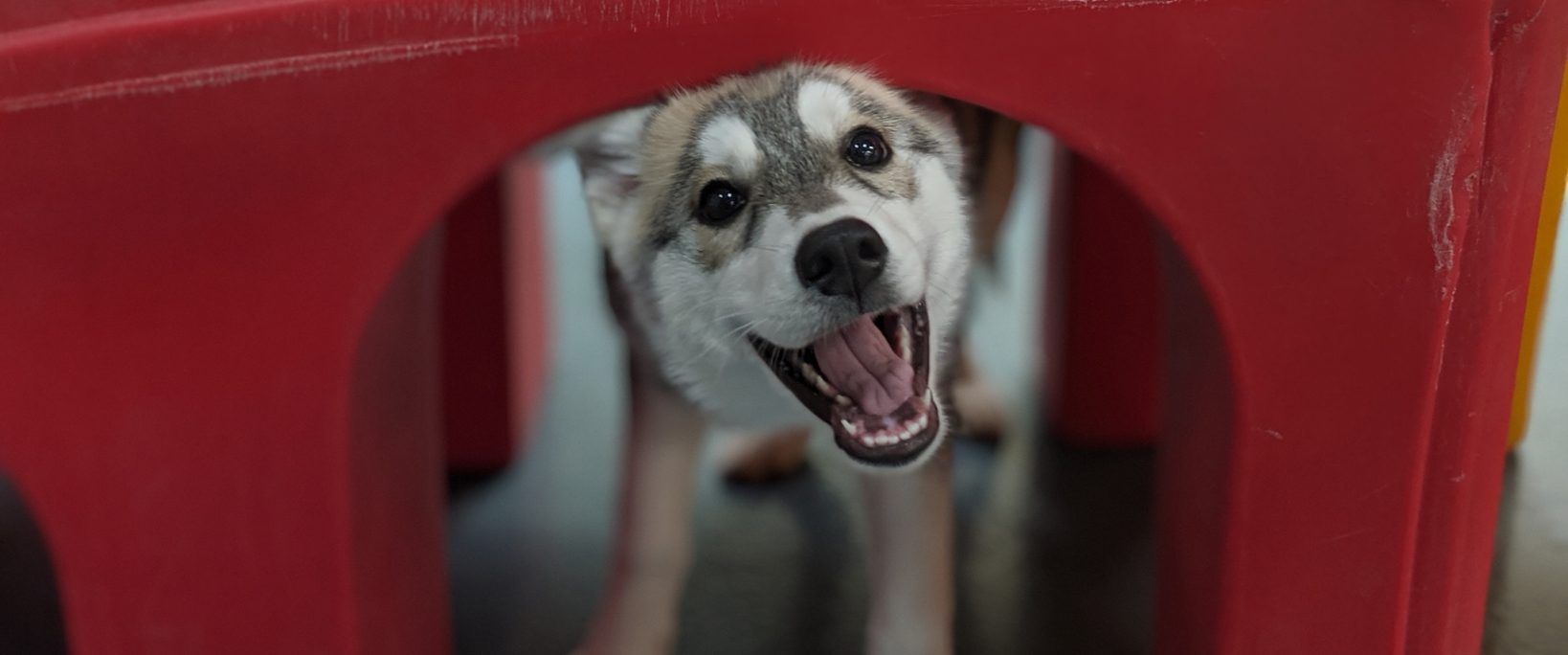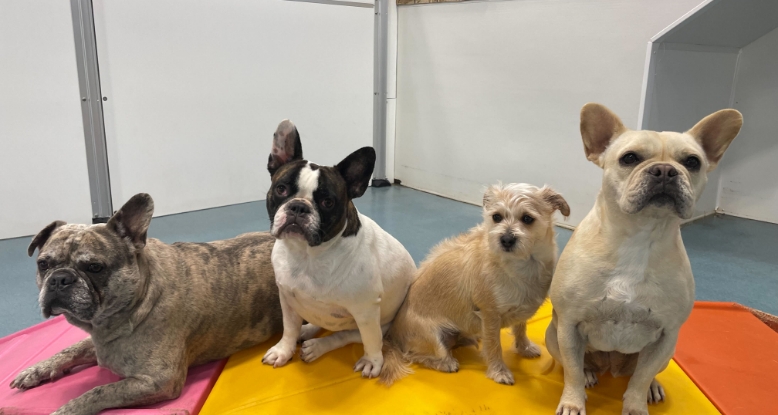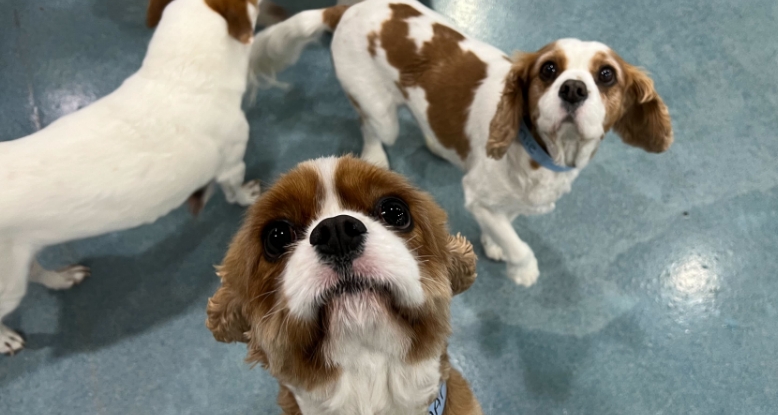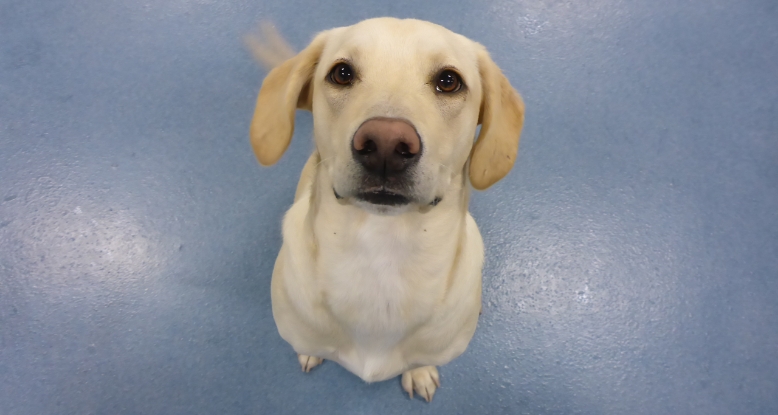Puppy Warts 101: Understanding this Common Condition in Young Dogs

Puppy warts are a common condition that affects young dogs. Caused by a viral infection, these small, raised bumps on a dog’s skin often feel irritating and uncomfortable. It’s vital for dog owners to recognize the symptoms of puppy warts and learn the available treatment options and preventative measures.
Below, you’ll find an overview of puppy warts and tips on managing this condition to ensure the well-being of your furry friend.
I. What Are Puppy Warts?
Puppy warts, also known as canine viral papillomas, are a common skin condition that affects young dogs. They are caused by a viral infection of the skin and mucous membranes.
Puppies are most commonly affected by this condition between the ages of 3 and 6 months. This is because their immune system is still developing.
How Puppy Warts Typically Appear on a Dog’s Skin
Puppy warts often appear as small, pinkish-gray bumps on a dog’s skin or mouth. They also appear in clusters and may have a rough, cauliflower-like texture.
This condition is highly contagious and can spread through contact with infected dogs or contaminated objects. Dogs in close contact with infected animals, such as those that attend doggy daycare or dog parks, have a higher risk of developing warts.
While puppy warts are unsightly and cause mild discomfort, they go away on their own within a few months as the puppy’s immune system develops. However, in some cases, large or persistent warts will require medical treatment.
Not all skin growths on a puppy are necessarily warts. Some skin conditions, such as cysts or tumors, can mimic the appearance of warts. It’s best to have any suspicious skin growths examined by a veterinarian to determine the proper diagnosis and treatment.
II. Symptoms of Puppy Warts
The most common symptom of puppy warts is the appearance of small, raised bumps on a dog’s skin or mouth. These bumps can range in size from 1 to 2 mm to up to a centimeter in diameter. They are typically found on a dog’s lips, muzzle, inside the mouth, and around the eyes, although they can also occur on other parts of the body.

How Warts Cause Discomfort for Dogs
While warts are generally not painful, they irritate easily, especially if they’re located in an area that comes into contact with objects. In some cases, warts can also become infected, which causes redness, swelling, and discharge. If your dog seems to be experiencing discomfort or you notice any signs of infection, consult your veterinarian immediately.
It’s worth noting that while warts are generally benign and don’t typically cause serious health issues, it’s still important to monitor them closely and seek veterinary care. This is particularly true for puppies, who are more vulnerable to viral infections like those that cause warts.
In addition to the physical symptoms, some dogs may also experience behavioral changes. For instance, a dog with warts in their mouth may have trouble eating or drinking, or drooling more than usual. Similarly, dogs with warts around their eyes may be more sensitive to light and may squint or rub their eyes often.
If your dog’s warts are not going away on their own, your veterinarian may recommend treatment options such as cryotherapy, which is freezing the warts off, surgical removal, or medication to boost the immune system.
Give your canine companion the best doggy daycare experience they’ve ever had – they deserve it!
III. Treatment Options

In this section, we’ll discuss the available treatment options for puppy warts.
Immune system-boosting supplements can help the dog’s body fight off the viral infection that causes warts. These supplements are often given with other treatments and help speed up the healing process.
Topical creams are another treatment option. These creams contain antiviral or immune-boosting ingredients and are applied directly to the affected area. They help reduce the size and irritation of the warts.
Surgical removal may be necessary for large, painful, or persistent warts. The procedure is done under anesthesia, and the wart is removed using a scalpel or laser. After removal, the area is treated with topical medication to prevent infection.
Under any circumstance, do not try to remove the warts at home. Home remedies, such as cutting or burning off the wart, are dangerous and cause more harm than good. Always consult a veterinarian before attempting any type of treatment for puppy warts.
Moreover, while puppy warts are generally harmless, it’s good to know that treatment options are available. Immune system-boosting supplements, topical creams, and surgical removal help speed up healing.
Check out this quick read on dog boarding!
IV. Prevention
Preventing the spread of puppy warts helps control the virus and keep our furry friends healthy. Here are some tips on how to prevent the spread of puppy warts:
- Avoid Contact with Infected Dogs: The virus is highly contagious and spreads through direct contact with an infected dog or contaminated surfaces. If your dog has the virus, isolate it until the warts clear.
- Clean and Disinfect Regularly: The virus can survive on surfaces for up to several months. Clean and regularly disinfect to reduce the risk of contamination. Use a disinfectant that is safe for use around pets.
- Boost Your Dog’s Immune System: A strong immune system can help prevent a dog from developing warts. Feed your dog a healthy and balanced diet rich in vitamins and minerals. Regular exercise and fresh air will help strengthen your dog’s immune system.
- Regular Vet Check-ups: Regular vet check-ups help detect and treat the virus early. If you suspect your dog has puppy warts, take them to the vet for diagnosis and treatment.
Vaccination: Some breeds may be more prone to developing puppy warts than others. Speak with your vet about vaccination options for your dog to help prevent the virus.
Remember that not all cases of puppy warts can be prevented, but preventative measures will lower the risk of infection.
Find out why countless pet owners trust us with their canine companions!

V. When to See a Veterinarian
If your dog has warts that are causing discomfort, have grown larger, or are spreading rapidly, consult a veterinarian immediately. A veterinarian will diagnose the condition, recommend appropriate treatment options, and rule out other underlying health issues that may contribute to the warts.
A veterinarian will diagnose puppy warts by examining the bumps on your dog’s skin. They may perform a biopsy or other tests to confirm the diagnosis or rule out other possible causes.
Depending on the severity of the warts, a veterinarian will recommend different treatment options. Treatment options include immune system-boosting supplements, topical creams or ointments, and in more severe cases, surgical removal.
With proper veterinary care, most dogs with puppy warts will recover without issue. However, the virus that causes warts can remain in a dog’s system even after the warts have healed, which means that they might develop warts again in the future.
Let the images of our furry friends’ smiling faces speak for themselves!
Bottom Line
Moreover, puppy warts are a common condition caused by a viral infection that typically affects young dogs. The symptoms of puppy warts include small, raised bumps on a dog’s skin that eventually feel irritating and uncomfortable. While many warts go away on their own, some require medical intervention, such as immune system-boosting supplements, topical creams, or surgical removal.
It’s essential to prevent the spread of puppy warts and seek professional help early on.
At 24 Hour Dog Daycare, we prioritize the well-being of dogs in our care, with spacious play areas and private suites. With locations in San Diego and North County, our trained staff is attentive to every dog’s body language and signals, ensuring a safe environment.
Get in touch with us today.

FAQs on Puppy Warts
1. What causes puppy warts, and how are they transmitted?
Puppy warts are caused by the canine papillomavirus. This virus is highly contagious and can be transmitted through direct contact with infected dogs or contaminated objects.
2. Are all puppy warts the same, or do they vary in appearance and severity?
Puppy warts vary in appearance and severity depending on the location of the dog’s body. Warts commonly appear as small, raised bumps on the skin and may be pink or gray.
3. What are the available treatment options for puppy warts?
Immune system-boosting supplements and topical creams may be prescribed to help the dog’s body fight off the virus. In more severe cases, surgical removal may be necessary. Consult with a veterinarian to create the appropriate treatment plan for your dog.
4. How can puppy warts be prevented, and is there a way to boost a dog’s immune system?
Preventing the spread of puppy warts involves avoiding contact with infected dogs and regularly disinfecting surfaces that come in contact with the virus. Keeping your dog’s immune system strong also helps prevent warts. A balanced diet, regular exercise, and stress reduction can all contribute to a healthy immune system.


